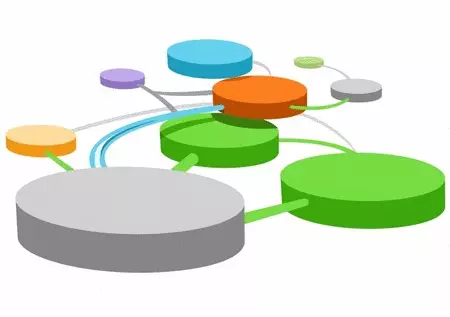A Modern Enterprise is a Connected Enterprise
IT is critical to business delivery. Wide Area Networking enables businesses to deliver centralised IT systems to the far corners of their enterprise. It enables instant communication and data interchange between branches.
With the current state of networks in India, remote application delivery is fraught with problems. Most wide area networks (WAN) are created using virtual private networking (VPN) over the Internet. Internet connectivity itself may be delivered over leased lines or DSL. The reliability of this connectivity is not such that IT managers can take their WAN for granted.
Keeping the Network Alive
Given the total dependence of the enterprise on the WAN, failures cause immediate disruption of work, and branch users start calling the central office for support. It is therefore important for all stakeholders to be immediately informed of network failures, and to begin fixing the problem as soon as it occurs.

The right information is key to solving network problems. It helps people work together and resolve issues. Network Management Systems help the IT team stay on top of their network.
How can Thinvent help you maintain your network?

Thinvent has been founded with engineers who have more than fifteen years of experience in managing networks. We understand that reachability tests are insufficient to determine the health of a modern network. Today’s users want application performance, which also needs to be measured, monitored, graphed and reported.
Key NMS Features:

- Monitors all critical network elements constantly.
- Immediately reports failures over email, SMS and web to all stakeholders – IT support, ISP and branch.
- Ascertains the exact nature of the fault.
- Overlay of network status on geographical maps.
- Automatic host detection and creation of configuration files.
- Built in tracking and collaboration system for acknowledgement and escalation of issues.
- High Availability and Distributed configurations.
- Reports and graphs that demonstrate availability and help negotiate SLAs with service providers.
Key Application Monitoring Features:
- Detects problems that inhibit application delivery at a remote site – port blocks, latency, congestion and packet drop.
- Monitors server performance – load, disk space, JVM threads, number of SQL queries or HTTP requests served per minute.
- Monitors application performance at remote site – such as the time it takes to load a web page.
